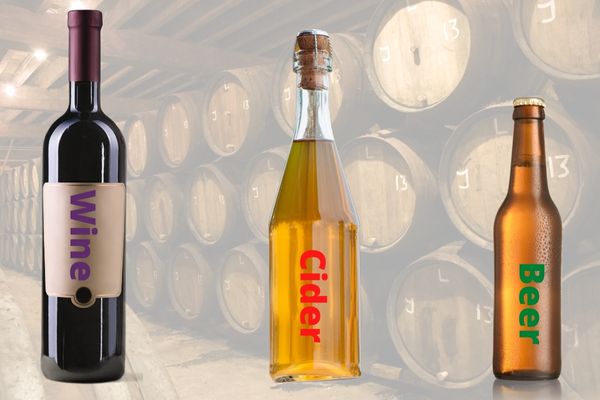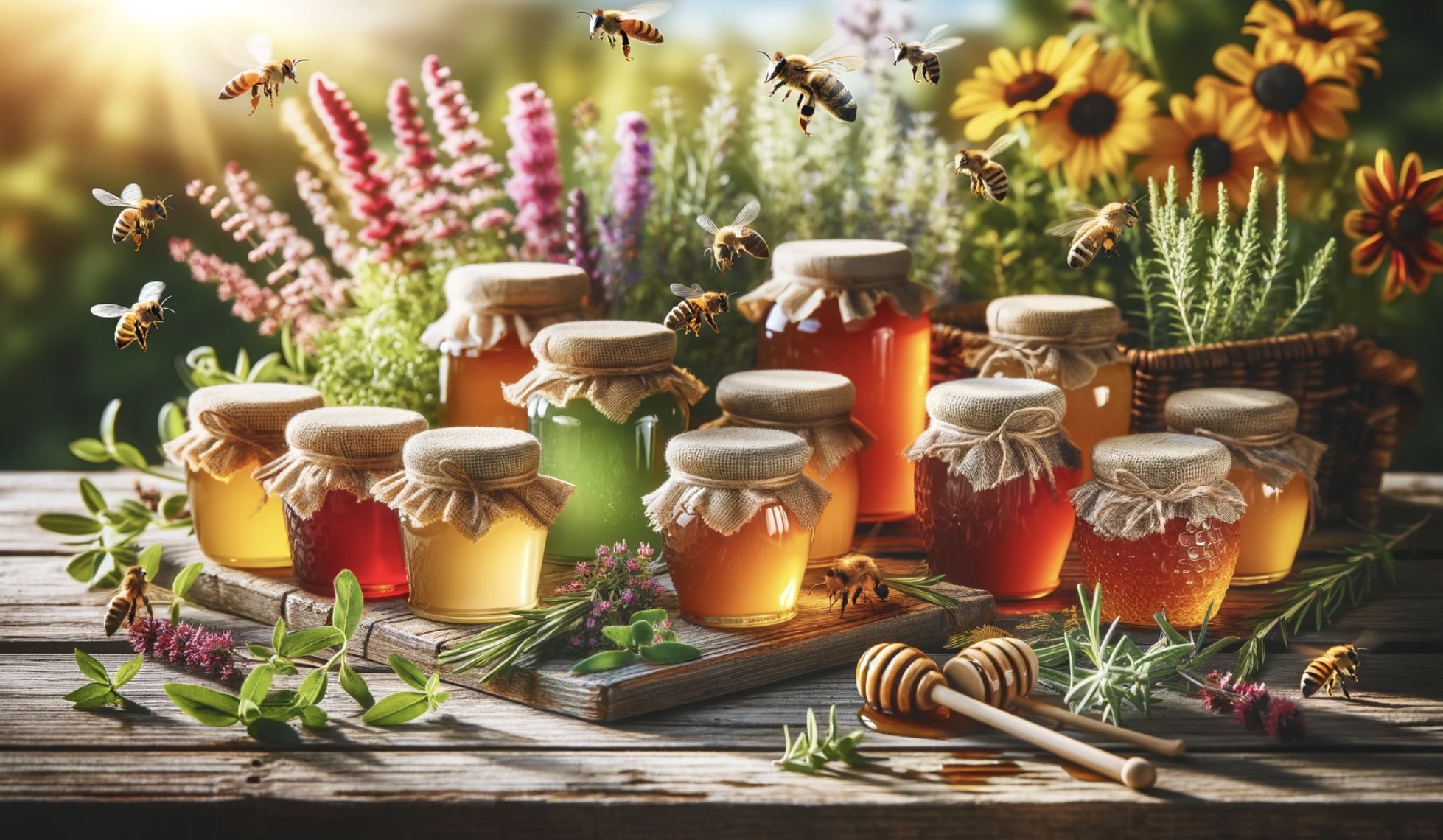The age-old question of what came first, the chicken or the egg, has puzzled philosophers and scientists alike for centuries. But for those of us who appreciate a good alcoholic beverage, a more relevant question might be what came first: beer, wine, or cider?
To answer this question, we must explore the history of each beverage, as well as the factors that contributed to their development.
From what we know: Wine likely came first, closely followed by beer and then cider. Let’s take a closer look at each beverage’s history to understand why they emerged in the order they did.
We’ll delve into the origins of these drinks, the cultures that embraced them, and the innovations that brought them to the forefront of human consumption.
The Origins of Wine
Wine’s history is probably the one that dates back the farthest, with evidence of wine production dating back to 6,000 BCE in what is now modern-day Georgia.
It is very hard to say when exactly someone crushed a fruit and left it to ferment, so these are fairly conservative estimates of when the process got more reliable and systematized.

The earliest winemakers used indigenous grapevines to create a fermented beverage that was cherished for its intoxicating effects and believed to have medicinal properties.
The Role of Ancient Civilizations
Wine was embraced by many ancient civilizations, including the Egyptians, Greeks, and Romans. In ancient Greece, wine was an integral part of social and religious life, and the god of wine, Dionysus, was celebrated with festivals and theatrical performances.
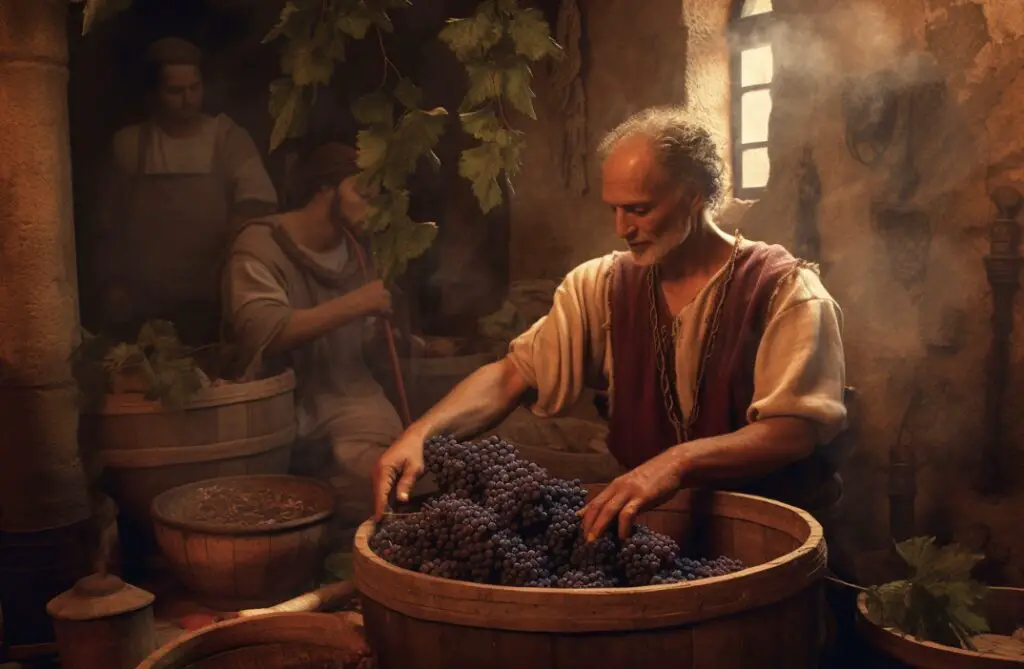
The Romans also revered wine and its production, with vineyards spreading throughout the empire as they conquered new territories.
The Spread of Wine
Trade routes allowed wine to spread throughout the ancient world, and its popularity grew as it reached new regions.
By the Middle Ages, wine had become a staple of European life, with monasteries and noble estates producing wine for both religious and secular purposes.
The spread of wine from its origin around 6000 BC to the present day is a fascinating story that involves various factors such as trade, colonization, cultural exchange, and technological advancements.
Here’s a general overview of how wine spread over the centuries:
- Ancient Near East: The origins of wine can be traced back to the ancient Near East, specifically the region encompassing modern-day Iran, Iraq, and Georgia. The cultivation of grapevines and the production of wine began here around 6000 BC. Wine was an integral part of the religious and cultural practices of ancient civilizations such as the Sumerians, Egyptians, Phoenicians, and Persians.
- Mediterranean Expansion: Wine production and consumption spread across the Mediterranean region through trade and colonization. Phoenician traders, known for their seafaring skills, played a significant role in spreading viticulture and wine to areas such as Greece, Italy, Spain, and North Africa. The Greeks and Romans further expanded the cultivation of vineyards and the art of winemaking throughout their empires.
- Christian Influence: Wine gained religious significance with the rise of Christianity. The sacramental use of wine in Christian ceremonies, such as the Eucharist, led to its spread to regions where Christianity took hold, including Europe.
- Medieval Monasteries: During the Middle Ages, wine production was largely preserved and developed within monastic communities. Monks played a crucial role in cultivating vineyards, improving winemaking techniques, and preserving knowledge about grape varieties. They established vineyards in various European regions, including France, Germany, and Spain.
- Age of Exploration: The European Age of Exploration in the 15th and 16th centuries opened up new trade routes and facilitated the global spread of wine. European explorers and colonizers introduced vine cultivation to the Americas, Africa, and Asia. Wine production became established in regions such as Argentina, Chile, South Africa, Australia, and California.
- Industrialization and Technological Advances: The industrial revolution in the 18th and 19th centuries brought significant advancements in winemaking technology. Innovations such as the development of glass bottles, cork stoppers, pasteurization, and hygienic bottling processes enabled the production, preservation, and transportation of wine on a larger scale.
- Globalization and Modern Era: In the 20th century, wine consumption continued to spread globally due to increased international trade, tourism, and cultural exchange.
New World wine regions, such as the United States, Australia, and South America, gained prominence and started producing wines that rivaled traditional European wines. Wine appreciation and consumption expanded as a result of evolving tastes, marketing efforts, and the influence of wine critics.
Today, wine is produced in numerous countries across the world, with each region having its own unique grape varieties, winemaking traditions, and styles. The global wine industry continues to evolve, driven by consumer demand, technological advancements, and the exploration of new terroirs.
Wine production and consumption continued to grow and evolve, eventually leading to the diverse range of wine styles and regions that we know today.
The Origins of Beer
Some historians believe that the discovery of beer was accidental, a byproduct of the process of bread-making. As early as 10,000 BCE, humans began cultivating grains for sustenance, and it’s likely that a primitive form of beer was created when these grains were exposed to water and wild yeast.
The Role of Ancient Civilizations
The oldest known evidence of beer production can be traced back to the Sumerians of ancient Mesopotamia, who began brewing beer around 5,000 BCE. Beer played an essential role in their society, serving as a source of nourishment, a form of currency, and a key component of religious ceremonies.
The Sumerians even had a goddess of brewing, Ninkasi, who was celebrated in a hymn that also contained a recipe for beer.
The ancient Egyptians also valued beer, which they referred to as “heqet” or “tenemu.” Workers who helped construct the pyramids were often paid in beer, which was considered a more reliable source of sustenance than water due to the alcohol’s ability to kill bacteria.

Beer was also used in religious ceremonies and played a significant role in Egyptian social life.
The Spread of Beer
As civilizations expanded and trade routes were established, beer production and consumption spread to other regions.
The Babylonians, Greeks, and Romans all incorporated beer into their societies, though it was often overshadowed by wine.
The art of brewing beer was further refined in medieval Europe, where monks in monastic breweries honed their craft.
The spread of beer involved a combination of cultural diffusion, trade, colonization, and technological advancements.
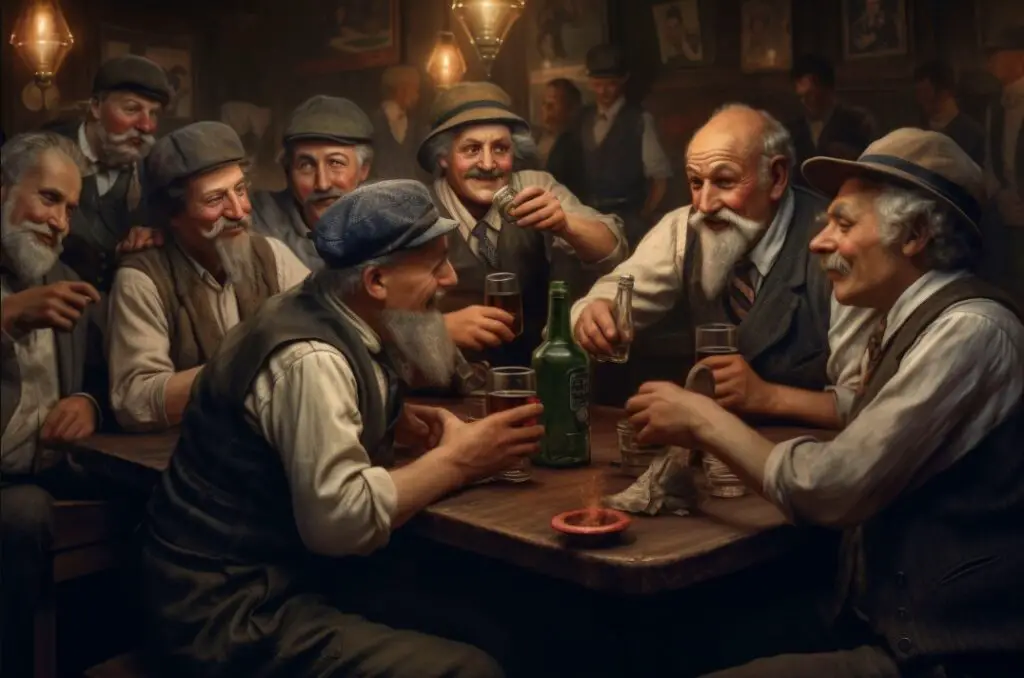
Here is a general overview of how beer spread over the centuries:
- Ancient Mesopotamia: Beer is believed to have originated in ancient Mesopotamia, in the region of modern-day Iraq and Iran. The Sumerians, who lived in this area, were among the first civilizations to brew beer. They developed techniques for fermenting grains like barley into a beverage.
- Egypt and the Nile Delta: Beer-making techniques from Mesopotamia spread to ancient Egypt around 3000 BC. Beer played a significant role in Egyptian society and was consumed by both adults and children. It was often brewed in households and also served as payment for workers.
- Mediterranean and Ancient Greece: The expansion of trade networks throughout the Mediterranean region helped spread beer-making techniques. Beer was introduced to ancient Greece, where it coexisted with wine. Greek philosophers like Plato and Aristotle wrote about beer and its effects.
- Roman Empire: The Romans, who conquered vast territories, including Greece and Egypt, adopted beer-making from these regions. However, beer never gained the same popularity as wine in Roman society, and wine remained the preferred beverage.
- Middle Ages and Monastic Brewing: During the Middle Ages, beer production and consumption were largely associated with monastic brewing. Monasteries in Europe, particularly in Belgium and Germany, played a crucial role in preserving brewing traditions and refining techniques.
- Industrial Revolution: The Industrial Revolution in the 18th and 19th centuries brought significant advancements in brewing technology. The invention of the steam engine, improvements in malting and fermentation techniques, and the development of refrigeration revolutionized beer production.
- Global Expansion and Industrial Brewing: The 19th and 20th centuries witnessed the rise of large-scale industrial brewing. With improvements in transportation and refrigeration, beer production expanded globally. European brewing traditions were exported to various regions, including North America, Africa, Asia, and Australia.
- Craft Beer Movement: In the late 20th century, there was a resurgence of interest in traditional brewing methods, leading to the craft beer movement. Small-scale breweries emerged, focusing on quality, flavor experimentation, and regional styles. Craft beer has since gained popularity worldwide.
- Modern Beer Culture: Today, beer is enjoyed in numerous countries and cultures worldwide. It has evolved into a diverse range of styles, including lagers, ales, stouts, IPAs, and more. The globalization of beer has led to the exchange of brewing techniques, ingredients, and flavors across continents.
Overall, the spread of beer throughout history can be attributed to a combination of cultural exchange, trade, technological advancements, and evolving consumer preferences.
The Origins of Cider
Cider, which is made from fermented apple juice, is the youngest of the three beverages. While the exact origins of cider are difficult to pinpoint, it’s believed to have been first produced around 2,500 BCE in the region that is now Kazakhstan. The wild apple forests of this region provided an abundant source of fruit for early cider production.
The Role of Ancient Civilizations
Cider was not as widely embraced by ancient civilizations as beer or wine, likely due to the limited geographic distribution of apple trees. However, there is evidence that the Greeks and Romans were familiar with cider, and that it was consumed by both cultures.
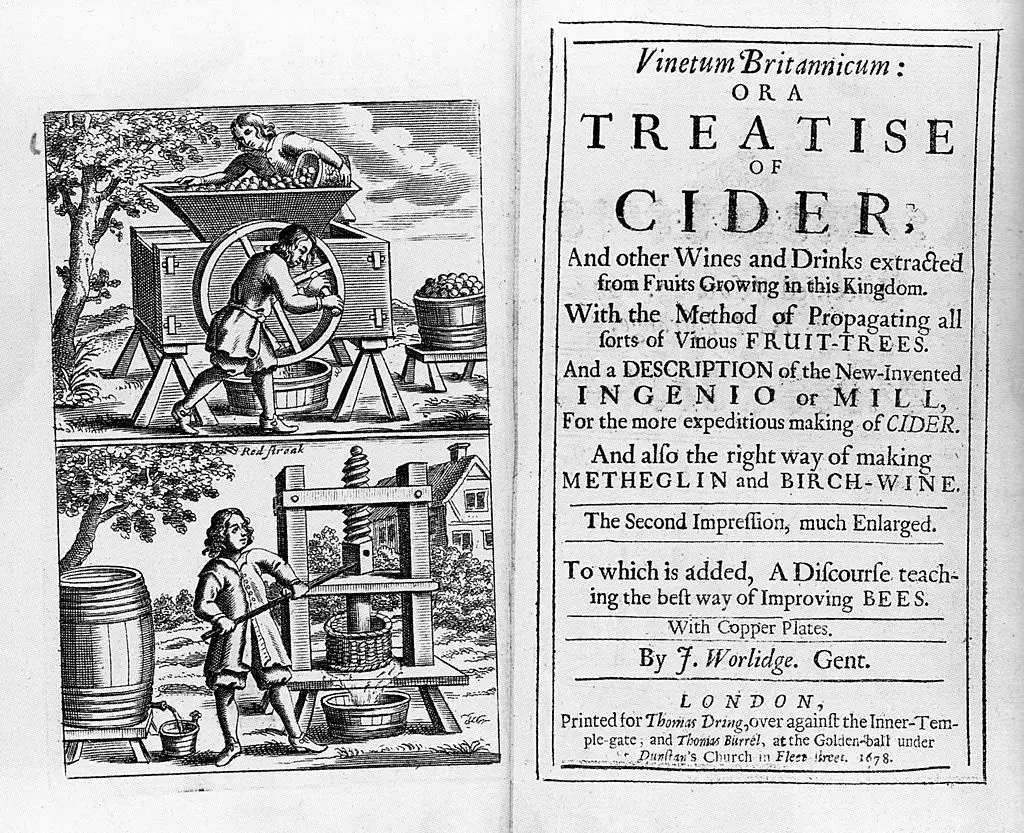
Vikings and cider brewing
The Vikings, known for their seafaring and exploration during the Viking Age (roughly 793-1066 AD), played a significant role in the spread of cider brewing and apple cultivation in certain regions. While the Vikings are often associated with mead and beer, there is evidence to suggest that they also brewed and consumed cider.

During their extensive travels, the Vikings encountered regions with established apple orchards and cider-making traditions, particularly in areas they raided or settled, such as England and Normandy. It is believed that the Vikings, through trade and cultural exchange, may have learned about cider production techniques and brought this knowledge back to their homelands.
In Scandinavia, including present-day Norway and Sweden, apples were not native to the region. However, the Vikings embraced apple cultivation and cider brewing, especially in areas where apple trees could thrive. By establishing orchards and adopting cider-making techniques, the Vikings incorporated cider into their drinking culture.
It is worth noting that the cider produced by the Vikings would have been quite different from modern ciders. The apple varieties they used and the techniques employed in their cider production would have varied depending on the region and available resources.
Additionally, the Vikings often used wild or crab apples, which have higher acidity and tannins compared to the cultivated dessert apples used in many modern ciders.
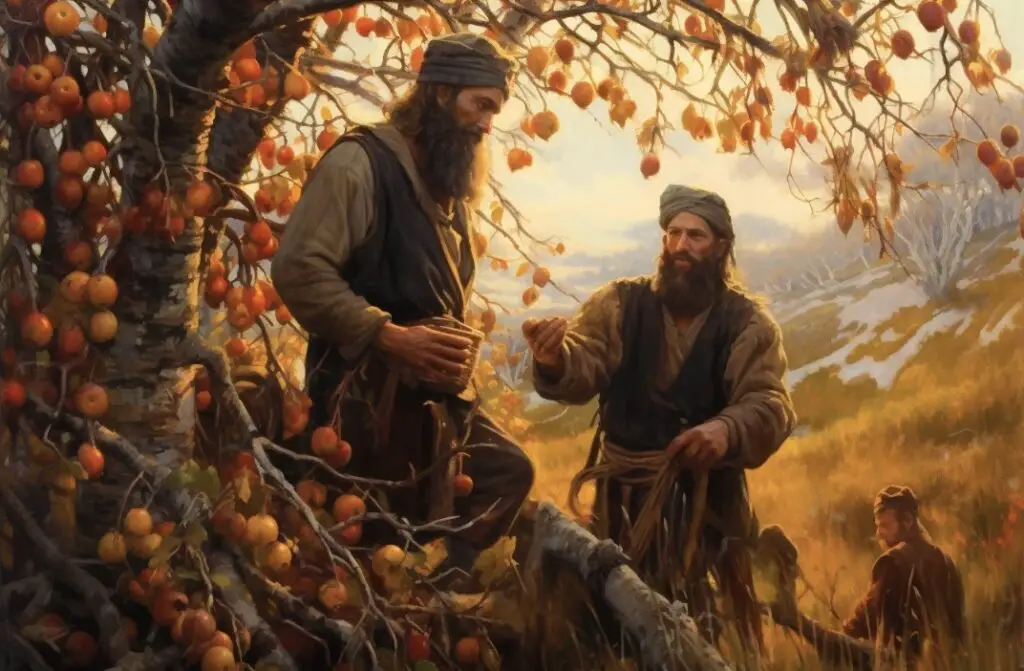
While the exact extent of the Vikings’ contribution to the spread and evolution of cider brewing is challenging to determine, their influence on the regions they visited and settled likely played a part in the development of cider traditions.
Today, Scandinavian countries like Sweden and Denmark have a growing cider industry, with producers crafting ciders that draw inspiration from both their own traditions and international cider-making practices.
The Spread of Cider
Cider production and consumption began to expand as apple trees were cultivated in new regions. The beverage gained popularity in medieval Europe, particularly in England and Normandy, due to the prevalence of apple orchards. Cider became a staple in colonial America, where it was often preferred to beer and wine.
Cider brewing has a long history that spans several centuries and has evolved differently in various regions.
Here’s an overview of how cider brewing spread and evolved over time:
- Ancient Origins: The origins of cider brewing can be traced back to ancient times, with evidence of apple cultivation and fermentation found in ancient Mesopotamia and Egypt. The Romans also played a significant role in spreading apple cultivation across Europe.
- France: France has a rich cider-making tradition, particularly in the regions of Normandy and Brittany. Cider production in France dates back to the Middle Ages when monasteries and abbeys began cultivating apple orchards and producing cider. Over time, French cider evolved into distinct regional styles, such as the sweet and sparkling cider of Normandy and the drier cider of Brittany.
- Spain: Spain has a long history of cider production as well, particularly in the region of Asturias. Asturian cider, known as sidra, has deep cultural significance and is closely tied to traditional festivals and customs. The production of sidra involves specific techniques, such as pouring the cider from above the head to aerate it and enhance its flavor.
- Britain: Cider brewing has a strong historical association with Britain, where it has been produced for centuries. The apple varieties suitable for cider production were cultivated and improved over time. In the Middle Ages, cider was a staple beverage for both peasants and the upper class. In the West Country of England, specifically Somerset, Devon, and Herefordshire, cider production thrived, and distinct regional cider styles emerged.
- United States: Cider making was brought to North America by European colonists, particularly the English, French, and Dutch. Cider production expanded during the colonial period, and apple orchards were established throughout New England and the Mid-Atlantic regions. Cider became a popular beverage among early American settlers due to the abundance of apple trees. However, the popularity of cider declined in the 19th century due to the rise of beer and the temperance movement.
- Scandinavia: Cider brewing gained popularity in Scandinavia, especially in countries like Sweden and Denmark, during the late 19th century. Cider production in these regions was influenced by the traditions of neighboring countries, such as England and France. Today, cider is enjoyed in Scandinavia, particularly during the summer months, and local craft cider producers have emerged.
Over time, cider brewing techniques and styles have evolved due to regional preferences, availability of apple varieties, and cultural influences.
The popularity of cider has experienced fluctuations, but in recent years, there has been a resurgence of interest in traditional and craft cider production across the globe, as consumers appreciate the diverse flavors and heritage associated with this ancient beverage.
Conclusion
In conclusion, beer came first, followed by wine and then cider. Each beverage has a rich history that has been shaped by the cultures that embraced them and the innovations that brought them to prominence. Here are ten fascinating facts about the history of these beverages:
1. Beer is the oldest alcoholic beverage, with origins dating back over 10,000 years.
2. The Sumerians of ancient Mesopotamia were the first known civilization to brew beer.
3. Wine production can be traced back to 6,000 BCE in what is now modern-day Georgia.
4. Both the Greeks and Romans revered wine, and its production expanded as their empires grew.
5. Cider is believed to have been first produced around 2,500 BCE in the region that is now Kazakhstan.
6. The Egyptians paid their pyramid construction workers in beer.
7. The god Dionysus was the central figure in ancient Greek wine culture.
8. Monastic breweries played a significant role in the development of beer in medieval Europe.
9. Wine was used as both a medicinal elixir and a social lubricant in ancient times.
10. Cider gained popularity in medieval Europe and colonial America due to the prevalence of apple orchards.
FAQs
What came before beer?
Fermented beverages made from fruits, honey, and grains have been consumed for thousands of years before modern day beer was developed.
What is the oldest distilled liquor in the world?
The oldest distilled liquor in the world is believed to be Chinese Baijiu, which has been produced for over 5000 years.
What is the oldest alcoholic beverage?
The oldest known alcoholic beverage is believed to be mead, which is made from fermented honey and water, and has been consumed by humans for thousands of years.
What is the oldest type of alcohol?
The oldest type of alcohol is believed to be mead, which is made from fermented honey and water.
Which came first beer or wine?
Probably wine, but it is not certain.

